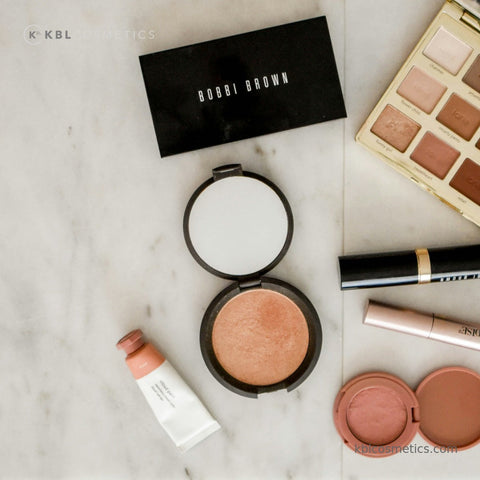In the cosmetic packaging industry, ensuring that packaging materials are compatible with the product formulation is essential to maintaining product integrity, safety, and longevity. Packaging compatibility refers to how well cosmetic packaging materials interact—or do not interact—with the cosmetic formulation they contain. A failed compatibility test can lead to physical damage, discoloration, leakage, or even harmful chemical reactions that compromise ingredient safety. This makes compatibility testing a vital process in the development and delivery of safe cosmetic products.
Common issues arising from incompatibility
Incompatibility between packaging and cosmetic ingredients can cause chemical reactions that degrade active ingredients or alter product performance. Chemical compatibility issues may result in leaching of chemical compounds from the packaging, affecting the safety and stability of the formulation. Physical interactions like warping, cracking, or erosion may also occur, particularly in plastic packaging. Without proper testing, such interactions could undermine the results of stability testing or lead to consumer dissatisfaction.
Types of compatibility tests used
Several packaging compatibility tests are performed to evaluate the suitability of cosmetic packaging:
- Stability test of the packaging under real-time and accelerated conditions
- Chemical compatibility tests for detecting chemical interaction or attacks
- Biological compatibility assessments to ensure ingredient safety
- Physical compatibility checks to identify issues like deformation or leakage
- Barrier property tests to measure the packaging's resistance to UV light, oxygen, or moisture
These tests help confirm that the chosen packaging materials maintain product quality and safety over time.
Packaging types and material considerations
Choosing the right packaging types depends on the cosmetic formulation and its ingredients. Rigid packaging is suitable for high-viscosity products, while flexible packaging works better for lotions and gels. Innovative options such as biodegradable materials, edible packaging, disappearing packaging, and 3D-printed packaging are becoming more common, especially for those aiming to use sustainable packaging solutions. However, these options must undergo rigorous testing to ensure they are suitable for various cosmetic ingredients and sunscreen ingredients.
Environmental and chemical factors in compatibility
Environmental exposures such as UV light, humidity, and temperature fluctuations can trigger changes in product packaging. Advancements in the packaging sector have introduced smart packaging designs that react to environmental conditions, but these must still be tested for chemical compatibility. Using a chemical compatibility database helps identify potential risks between packaging and active ingredients. Practices in food and beverage packaging often influence similar testing approaches for cosmetic products.
Innovations and future directions
The shift toward biodegradable cosmetics packaging is influencing how manufacturers evaluate packaging barrier properties and long-term chemical interactions. Cosmetic packaging testing services now include simulations for a variety of stress conditions to assess packaging solutions thoroughly. These services help confirm that packaging used in cosmetic formulation meets performance expectations and aligns with trends such as natural ingredients and sustainability.
Getting started with compatibility testing
Whether developing a new product or revisiting an existing one, packaging compatibility is a key step in ensuring product stability and safety. Compatibility testing helps avoid issues related to physical compatibility, chemical degradation, and biological effects. To learn more or begin testing your cosmetic packaging materials, please contact us to get started.
